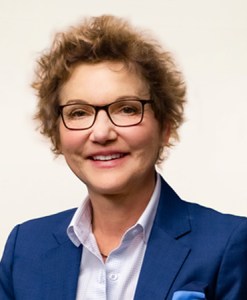This note examines labor market performance across countries through the lens of Okun’s Law. We find that after the 1970s but prior to the global financial crisis of the 2000s, the Okun’s Law relationship between output and unemployment became more homogenous across countries. These changes presumably reflected institutional and technological changes. But, at least in the short term, the global financial crisis undid much of this convergence, in part because the affected countries adopted different labor market policies in response to the global demand shock.
About the Authors
Mary C. Daly is president and CEO of the Federal Reserve Bank of San Francisco. Learn more about Mary C. Daly
John G. Fernald is an Economist Emeritus and former senior policy advisor in the Economic Research Department of the Federal Reserve Bank of San Francisco, and a professor of economics at INSEAD. Learn more about John G. Fernald
Òscar Jordà is a senior policy advisor in the Economic Research Department of the Federal Reserve Bank of San Francisco. Learn more about Òscar Jordà
Fernanda Nechio is a vice president in the Economic Research Department of the Federal Reserve Bank of San Francisco. Learn more about Fernanda Nechio



